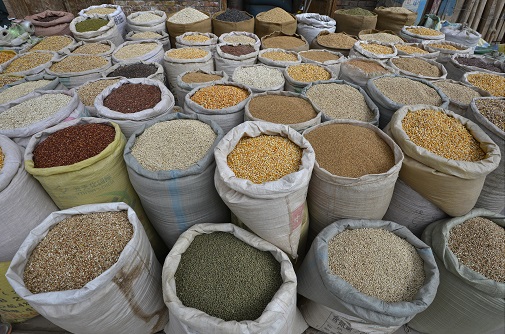OUTLOOK ‘18: China PP markets seen stable to soft in Q1
Dora Xue
22-Dec-2017
SINGAPORE (ICIS)–Spot polypropylene (PP) prices in China’s import and domestic markets are likely to be largely stable in the first quarter, with a possibility of softening after the country’s week-long Lunar New Year holiday in February.
China will be on holiday on 15-21 February for the Lunar New Year and Spring Festival. The Lunar New Year, which is on 16 February 2018, is celebrated on most parts of northeast and southeast Asia.
Most downstream factories in China typically shut down for the duration of the holiday, with some extending the down time for a longer period. In contrast, PP plants will continue running, resulting in higher inventory that would eventually weigh on prices.

Pre-holiday, PP prices would be supported at current highs by restocking activities, even as the recent spike in PP prices has significantly shrunk the production margins of downstream factories.
China’s ban on imports of plastic wastes will have taken effect at the start of the year, and could translate to some improvement in demand for virgin PP.
Post-holiday, demand is expected to taper off amid a build-up of inventories and fresh supply from CNOOC & Shell Petrochemicals’ (CSPC) new 400,000 tonnes/year plant PP plant, which is expected to start up in end-February 2018. This will likely drag down PP prices.
Outside of China, no new capacity is expected to come on stream in the first quarter of 2017, with prices in other regions higher compared with the Chinese import market.
The country is striving toward being self-sufficient in its petrochemical requirements and reduce heavy dependence on imports.
China’s PP imports had substantially declined in April from the first quarter of the year, with volume intake in the succeeding months roughly the same if not lower than levels in 2016.
Meanwhile, China has added 1.6m tonnes/year of PP capacity this year – 350,000 tonnes/year from Zhongjiang Petrochemical; 350,000 tonnes/year from Zhongtian Hechuang; 300,000 tonnes/year from Changzhou Fude; and 600,000 tonnes/year from Ningmei Second Period.
Real domestic monthly PP output in the first 11 months of this year increased by an average of about 14% compared with 2016 levels.
Two more plants are expected to start up by the end of the year, with a combined capacity of 750,000 tonnes/year.
Improvement in economic data coming out of China are also buoying up expectation among players in the PP market that demand will improve in 2018.
Production margins for naphtha-based PP and for PP derived via the coal-to-chemical/methanol-to-olefins (CTO/MTO) route in the country are expected to stay high, which would encourage producers to boost output.
Strong prices of crude oil, propylene and methanol are expected to support PP prices, but this is hurting the downstream factories, which could not pass on the high feedstock prices to customers.
Outlook article by Dora Xue
Picture: Sacks of various grains. Polypropylene (PP) flat yarn is used in sacks. (Photographer: Olaf Schubert/imageBROKER/REX/Shutterstock)
Global News + ICIS Chemical Business (ICB)
See the full picture, with unlimited access to ICIS chemicals news across all markets and regions, plus ICB, the industry-leading magazine for the chemicals industry.
Contact us
Partnering with ICIS unlocks a vision of a future you can trust and achieve. We leverage our unrivalled network of industry experts to deliver a comprehensive market view based on independent and reliable data, insight and analytics.
Contact us to learn how we can support you as you transact today and plan for tomorrow.
READ MORE

